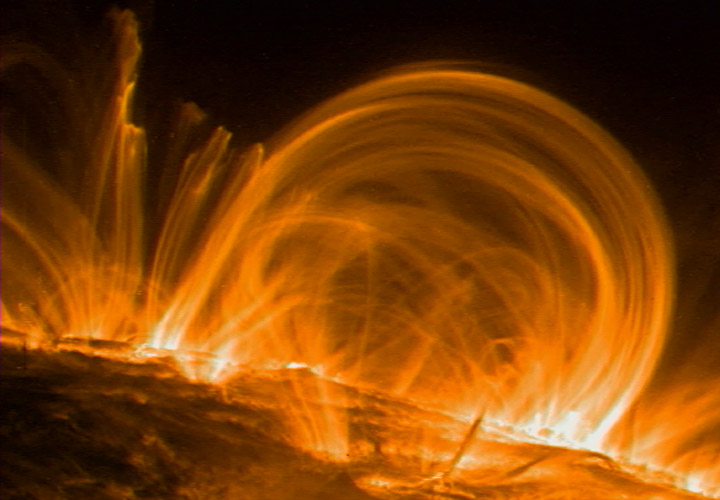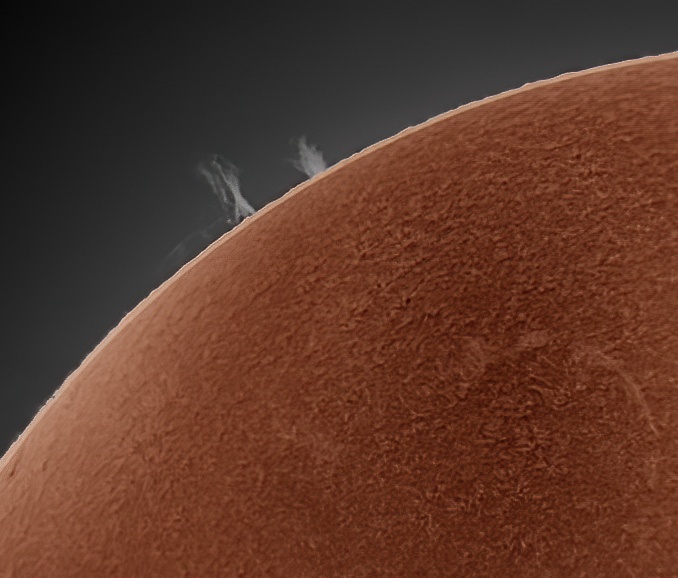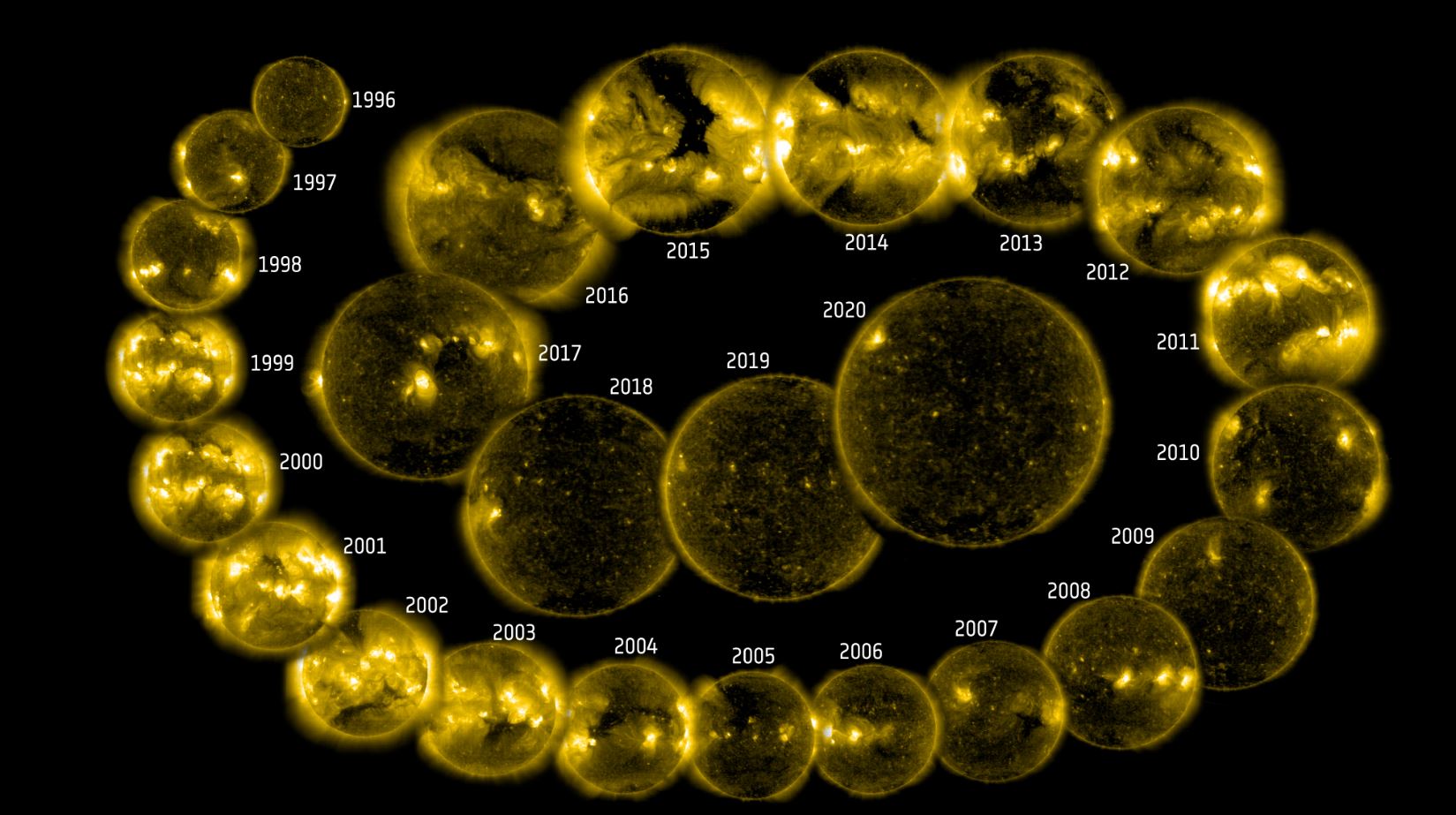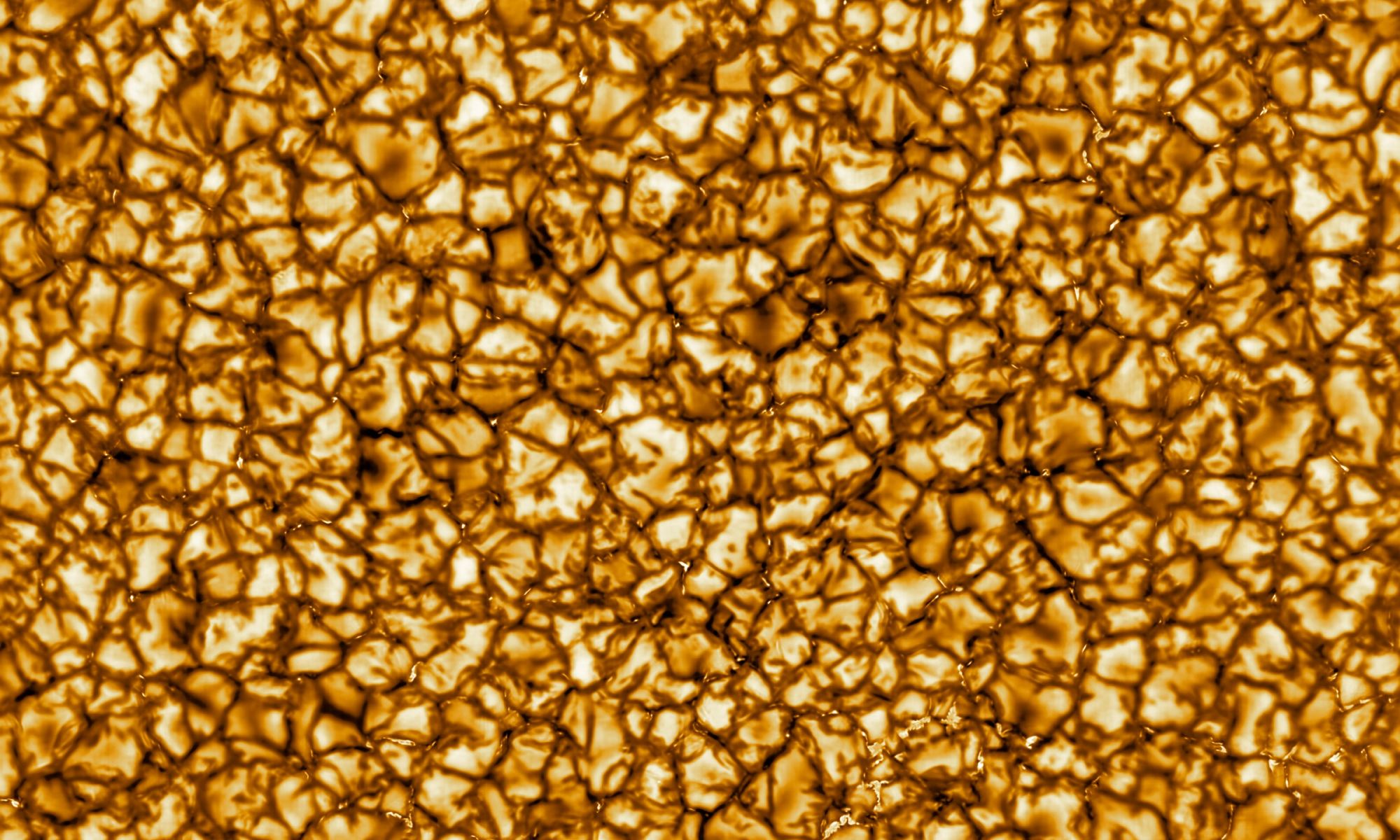This past year saw some significant solar activity. This was especially true during the month of May, which saw more than 350 solar storms, solar flares, and geomagnetic storms. This included the strongest solar storm in 20 years that produced aurorae at far lower latitudes than usual and the strongest solar flare observed since December 2019. Given the threat they pose to radio communications, power grids, navigation systems, and spacecraft and astronauts, numerous agencies actively monitor the Sun’s behavior to learn more about its long-term behavior.
However, astronomers have not yet determined whether the Sun can produce “superflares” or how often they might occur. While tree rings and samples of millennia-old glacial ice are effective at records of the most powerful superflares, they are not effective ways to determine their frequency, and direct measurements of solar activity have only been available since the Space Age. In a recent study, an international team of researchers adopted a new approach. By analyzing Kepler data on tens of thousands of Sun-like stars, they estimate that stars like ours produce superflares about once a century.
Continue reading “New Research Indicates the Sun may be More Prone to Flares Than we Thought”









